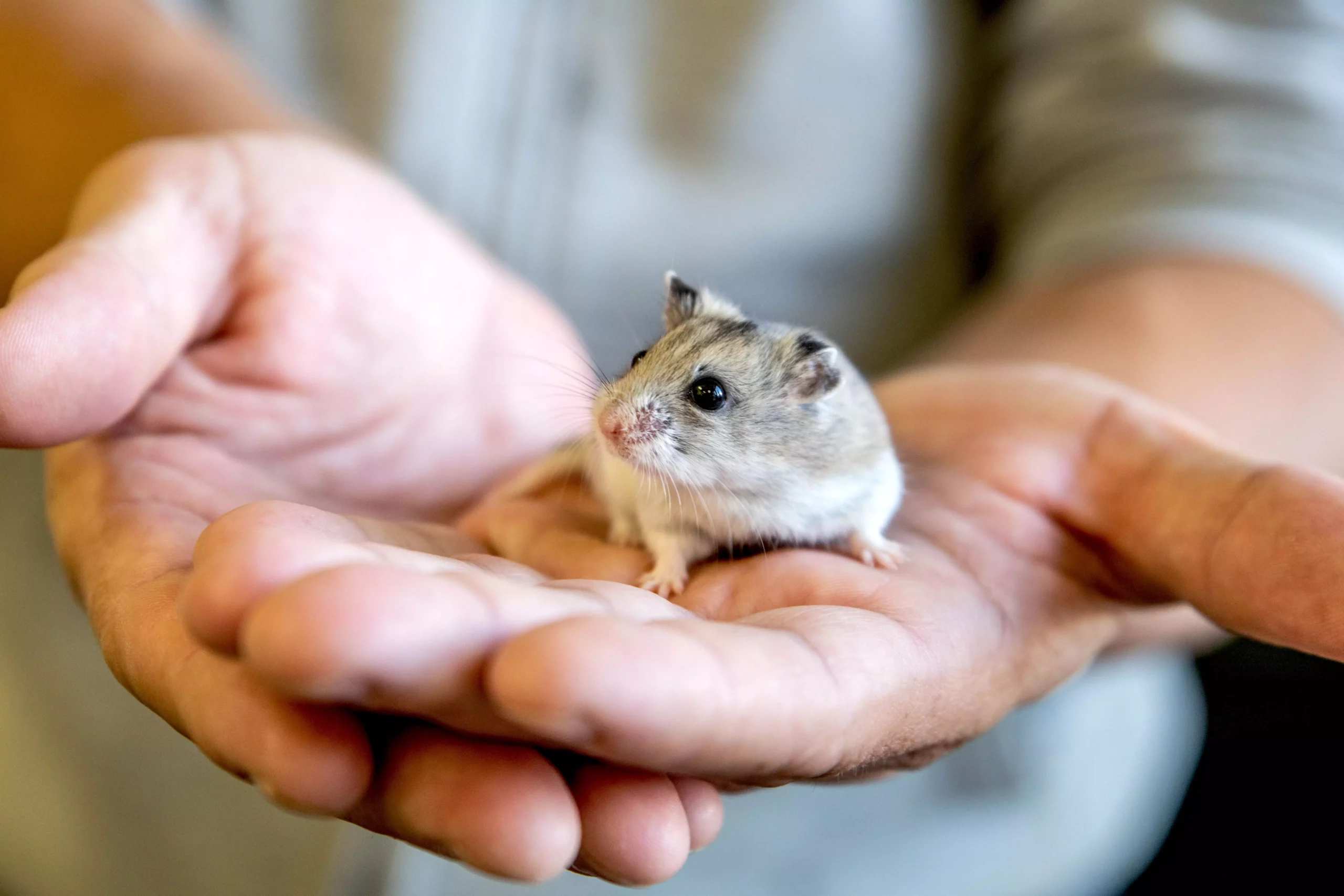When you welcome a small pet into your home, the excitement is palpable. However, not all pets are immediately receptive to human interaction, and hamsters are a prime example. Understanding how to build a relationship with your new furry friend is crucial for both your pleasure and your pet’s well-being. Taming a hamster takes patience and an understanding of its nature, but following the right steps can ensure a happy coexistence.
Bringing a new hamster home is just the beginning. Your new pet requires time to acclimate to its environment. A wait of about a week can be beneficial; this allows the hamster to feel secure in its new cage. Ensure that the cage is spacious and equipped with the necessary items, such as bedding, food, and water. It’s essential to place the cage in a moderately busy area of your home where your hamster can observe family life without being overwhelmed. Keep the cage away from loud noises or the presence of other pets, especially during the day, which is when hamsters generally rest.
Your hamster’s comfort is paramount. In the early days, resist the urge to handle your pet. Disturbing a sleeping hamster can lead to stress and discomfort, hindering the taming process. Instead, take this time to simply be present and let your hamster explore its new surroundings.
As you observe your hamster, focus on its behavior and emotional cues. Signs of comfort include eating, drinking, and engaging in playful activities while you are nearby. Interacting with your pet from a distance is a good starting point; speak softly to it, allowing your voice to become a familiar sound. Activities like reading aloud or singing can also serve to familiarize your hamster with your presence without the pressure of direct interaction.
To enhance this bond, offering treats is a great way to entice your hamster to approach you. If you own a wire cage, offer treats through the bars. Gradually, as your hamster becomes more comfortable, you can transition to placing treats near the open cage door or directly within the cage. The aim here is to encourage curiosity and build trust, allowing your hamster to come to you on its terms.
Once your hamster is willing to explore your hands for treats, the next step involves a more direct approach. Begin with your hand resting inside its space, allowing your hamster the opportunity to come to you. At this stage, the goal isn’t to force interactions but rather to create a safe environment where the hamster can feel secure.
When you notice your hamster is confidently taking treats from your hand, you can encourage it to climb onto your palm to retrieve food. This process might take time—each hamster has a unique temperament that will alter how fast they warm up to handling. Some may adapt quickly, while others may take weeks or even months to feel comfortable enough to be held.
When eventually attempting to scoop up your hamster, do so gently and with care. The best technique is to form a cupped hold with one hand supporting its body and the other providing a gentle cover from above. It’s essential to pick up the hamster over a soft surface initially, reducing any impact if it jumps or falls during this transition.
There may come a time when you need to handle a hamster that hasn’t yet been fully tamed, such as during cage cleaning. In these cases, encourage your pet into a cup or a cardboard tube, utilizing discovery as a means of coercion. Most hamsters, driven by curiosity, will naturally walk into these containers.
If you find yourself in a situation where you must use gloves or a towel due to biting behavior, remember that this should be a last resort. Avoid adding stress to the situation; approach the animal calmly and cautiously. If a hamster does bite during your interactions, avoid reacting harshly. Your immediate response should be calm; return the hamster to its cage and clean any bites gently with soap and water.
Taming a hamster is an art that revolves around patience, gentle interaction, and mutual respect. By taking the time to establish trust, your bond with your hamster will strengthen, leading to a more fulfilling companionship. The guidelines provided can serve as a roadmap, but remember that each pet has its unique personality and pace—embracing this individuality is part of the joy of pet ownership. With love and understanding, you can turn your new hamster into a beloved companion you can handle with ease.

